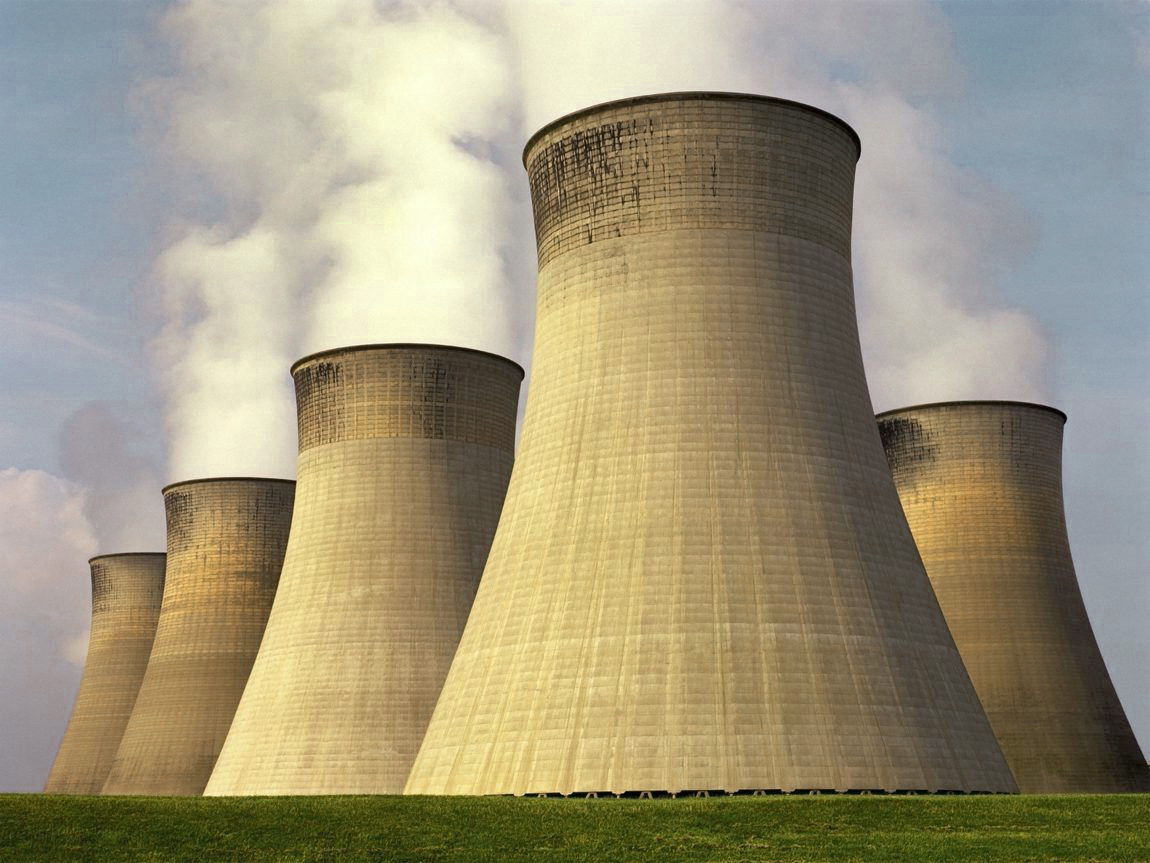🌡️ What is a Cooling Tower?
A cooling tower is a large heat rejection system. It removes heat from a building, industrial process, or power plant by cooling water.
Hot water is sent into the cooling tower, where it loses heat (mostly through evaporation) and then cycles back to absorb more heat from the system.
⚙️ Main Types of Cooling Towers
1. Open-Circuit (Wet) Cooling Towers
-
How They Work: Hot water is sprayed inside the tower; air blows through, causing some water to evaporate, which cools the rest.
-
Common In: Factories, power plants, big air conditioning systems.
-
Pros: Very efficient cooling.
-
Cons: Water loss from evaporation, potential contamination from open-air exposure.
2. Closed-Circuit (Fluid) Cooling Towers
-
How They Work: Water (or coolant) flows through a sealed coil, while water sprays over the coil and air moves past it.
-
Common In: Industrial and commercial settings needing clean water loops.
-
Pros: No contamination of the working fluid; saves water.
-
Cons: More expensive than open systems.
3. Dry Cooling Towers
-
How They Work: Like a giant radiator. No water evaporation — just air passing over heated pipes.
-
Common In: Water-scarce areas (deserts).
-
Pros: No water loss at all.
-
Cons: Less effective at cooling compared to wet systems; requires more energy in hot climates.
🌬️ Types by Airflow
A. Natural Draft Towers
-
Use natural rising hot air to draw air through the tower (no fans).
-
Huge hyperbolic (hourglass) shapes like you see at power plants.
-
Very energy efficient but enormous and expensive.
B. Mechanical Draft Towers
-
Use fans (either at the top or side) to force air through.
-
Smaller footprint, very flexible.
-
Forced Draft: Fan pushes air in at the base.
-
Induced Draft: Fan pulls air out at the top (more common).
-
💧 Other Variations
-
Crossflow Towers: Water falls down while air flows sideways through the tower.
-
Counterflow Towers: Air flows upward against falling water for better cooling efficiency.
📋 Quick Comparison
| Type | Water Loss? | Efficiency | Cost | Common Use |
|---|---|---|---|---|
| Open-Circuit (Wet) | Yes | Very High | Lower | Industrial cooling |
| Closed-Circuit | Minimal | High | Higher | HVAC, sensitive systems |
| Dry Cooling | None | Lower | Very High | Water-scarce areas |
🔥 Why Cooling Towers Matter
Cooling towers are critical in places like:
-
Power plants (keeping generators and turbines from overheating),
-
Factories (cooling manufacturing processes),
-
Large buildings (supporting air conditioning systems),
-
Data centers (preventing overheating of computer servers).
Cooling Tower Installation, Replacement, & Refurbishment in Arizona & Nevada
Our team offers complete cooling tower refurbishment that will save your company tens of thousands of dollars over buying and installing new cooling towers. Cooling tower refurbishment and rebuilding adds about another 15 years of life to your equipment and helps you get your money’s worth out of your original investment in your cooling tower or property. We offer cooling tower installation, replacement, and refurbishment in Arizona and Nevada. We also sell other cooling tower parts and products.






